Letter of intimation under section 143(1) of Income Tax Act
For a particular assessment year, once a return is filed by the assessee, it goes for processing to the department. Once the income tax department processes the return, it sends an intimation to the assessee under section 143(1). The assessee will receive it at their registered email address.
An income tax return is filed by the assessee under section 139 or under section 142(1) which is done on demand by the income tax department. The entire processing takes place in a computerized environment and is free of human intervention. The software in place already persons several checks while processing the return and informs the assessee in the case of any discrepancies.
Centralized processing center
As per the data provided by the income tax department, more than 2 crore income tax returns have already been filed for the FY 2022-23. Considering the sheer number of returns filed, it is very important to process all the returns timely and correctly. It is at this stage the Centralized Processing Center comes into the picture.
The income tax department has been empowered to create a centralized processing center for returns. The objective is of determining the tax payable and refunds to the taxpayers. The CPC center in Bangalore processes the returns filed by the assessee without any interference from the taxpayer or the jurisdictional officer. To ensure timely processing of returns and provide both of the information in a timely manner.
Once a return is processed by the department, an intimation is sent to the taxpayer. The intimation provides them the opportunity to respond to the department. The response will be against an adjustment CPC does in the intimation. The taxpayer must respond to the adjustment within 30 days of communication. In the case of a failure, the department goes ahead and proceeds with the adjustments.
Explore our article on How to Check Income Tax Refund Status Online?
Preliminary assessment under section 143(1) of Income Tax Act
Once a taxpayer files a return, The CPC initiates the processing in a completely automated manner. CPC makes various checks. It also makes adjustments for any arithmetical error, an incorrect claim, disallowances of expenditure, etc. in the return. Once this is done, CPC validates the data provided to them by the taxpayer along with their own records. Post this, COC sends an intimation to the taxpayer.
The following are the steps that go into processing a return:
- Once a taxpayer files a return, the department recomputes the total income or loss and compares with the data at their end.
- The CPC generates an intimation which it shares with the taxpayer. It consists of two columns, one being the data as provided by the taxpayer and the other being the data as per the department. It shows the comparison between the total income and claims by the taxpayer with that of the department.
- The department then reflects the adjustments on the intimation. This helps in calculating the final tax payable or refundable which it shares with the taxpayer.
- The taxpayer receives and intimation for any adjustments made to their return. The taxpayer can also submit responses to the adjustments made.
- An intimation is prepared and sent to the assessee. The following are the various types of intimations:
- Intimation with no demand and no refund. This happens in a case wherein the return filed by the taxpayer is accepted by the department. In this case, no further action is required from the taxpayer’s end.
- Intimation determining demand. This type of intimation is issued in case of any adjustments made under section 143(1) due to a discrepancy in the tax return filed and the total tax liability arrived at.
- Intimation determining refund. This type of intimation is issued in a case where any tax or interest is found to be refundable to the taxpayer when no discrepancy is not found in the return.
Reasons for getting an intimation under section 143(1) of Income Tax Act
As soon as an email arrives from the income tax department, there is always a sense of urgency. Moreover, the fear of paying more taxes is in the mind of the taxpayers. While a few of them get relief in the case of a tax refund. Some of the taxpayers do face additional liability. There are a few reasons due to which an intimation under section 143(1) of income tax act is generated:
- The tax paid by the taxpayer is in excess of what they were actually liable to pay as per the provisions of the act. The intimation will mention the amount of tax refund. If the refund value is above Rs. 100, then the refund will be paid out to the taxpayer. Refund values below Rs. 100 will not be paid out.
- the taxpayer has paid taxes that are short paid as per his actual liability. The intimation will reflect the balance amount that needs to be paid by the taxpayer. This will include the actual liability along with the interest component.
- A simple notice states that the tax returns fall in line with the computation made by the assessing officer. In this case, a specific intimation is not required to be shared with the assessee.
Nature of adjustments under section 143(1):
When the taxpayer files a return under section 139, if any interest or tax is due, an intimation is sent out to the assessee. The same is applicable if any refund is due to the assessee. This happens in a case where the tax already paid by the taxpayer is greater than what they were liable to pay.
Section 143(1) of income tax act provides for computation of the total income of an assessee after making the following adjustments:
- Any arithmetical error in the return filed.
- An incorrect claim, if such incorrect claim is apparent from any information in the return.
- Disallowances of loss claimed if a return of the previous year for which set-off is claimed was filed after the due date of return.
- Disallowances of expenditure indicated in the audit report but not considered while computing the total income.
Before making such adjustments, the assessee gets a chance to respond to the department’s proposed changes.
The time limit for issue of intimation u/s 143(1)
As per the provisions of section 143(1), an intimation has to be sent out to the assessee within one year from the end of the financial year. The end of the financial year is from the year the return is filed. For example: taxpayer files a return pertaining to the financial year 2019-20 in August 2019. An intimation can be sent any time till 31 March 2021.
If in a case a taxpayer does not receive any intimation within such period, it simply means the following:
- there are no adjustments carried out to the return filed by the taxpayer
- no change in tax liability/refund
- acknowledgment filed itself is deemed to be Section 143(1) intimation.
Action to be taken by the taxpayer after receiving a 143(1)
Once the taxpayer receives an intimation from the income tax department, the taxpayer should review certain important aspects of the return. This includes data provided in the return. For example- income details, financial year, PAN, address, assessment year for which the notice has been issued, etc.
After going through the intimation, the taxpayer can identify and verify the mistakes made while at the time of filing. The taxpayer can file a revised return by logging into the income tax website. However, the taxpayer might find no mistakes in the return or not agree with the adjustments proposed by the CPC. Here, the taxpayer can file an online rectification under section 154.
In case the taxpayer is not satisfied with the processing of the rectification filed under section 154, the taxpayer can file an online grievance or contact the assessing officer. In case of an agreement with the adjustments, the taxpayer will pay the additional tax along with interest. This can be done through an online challan payment. In this case the taxpayer needs to choose ‘Tax on regular assessment (400)’ under type of payment in the challan.
How to open intimation u/s 143 (1) received on email?
The notice that the taxpayer receives via e-mail will be a password-protected file. The password to open the file is the PAN in lowercase along with the date of birth. For example, if PAN is ABCDE1234F and date of birth is 05 August 1988, a password will be abcde1234f05081988.
Frequently Asked Questions
Intimation u/s 143(1) is an intimation and not an assessment order. It is an automated response sent by the department after a preliminary assessment of the return filed by the taxpayer.
A taxpayer can file a revised return even before the intimation has been generated. The same can be done by going to the income tax website and filing the return under section 139(5).
In a case where no intimation has been received by the taxpayer even after the end of the specified period of 1 year, the acknowledgment of the return shall be deemed to be the intimation in a case where no sum is payable by, or refundable to, the assessee and where no adjustment has been made.
If the taxpayer agrees with the tax demand, they can go ahead and pay the balance tax. In case the taxpayer does not agree with the adjustments made by the department, they can go ahead and file a rectification under section 154. In case the taxpayer is not satisfied with the processing of the rectification filed under section 154, the taxpayer can also file an online grievance or contact the assessing officer.
Popular Income Tax Sections
Related Articles
- Letter of intimation under section 143(1) of Income Tax Act
- Centralized processing center
- Preliminary assessment under section 143(1) of Income Tax Act
- Reasons for getting an intimation under section 143(1) of Income Tax Act
- Nature of adjustments under section 143(1):
- The time limit for issue of intimation u/s 143(1)
- Action to be taken by the taxpayer after receiving a 143(1)
- How to open intimation u/s 143 (1) received on email?
- Frequently Asked Questions












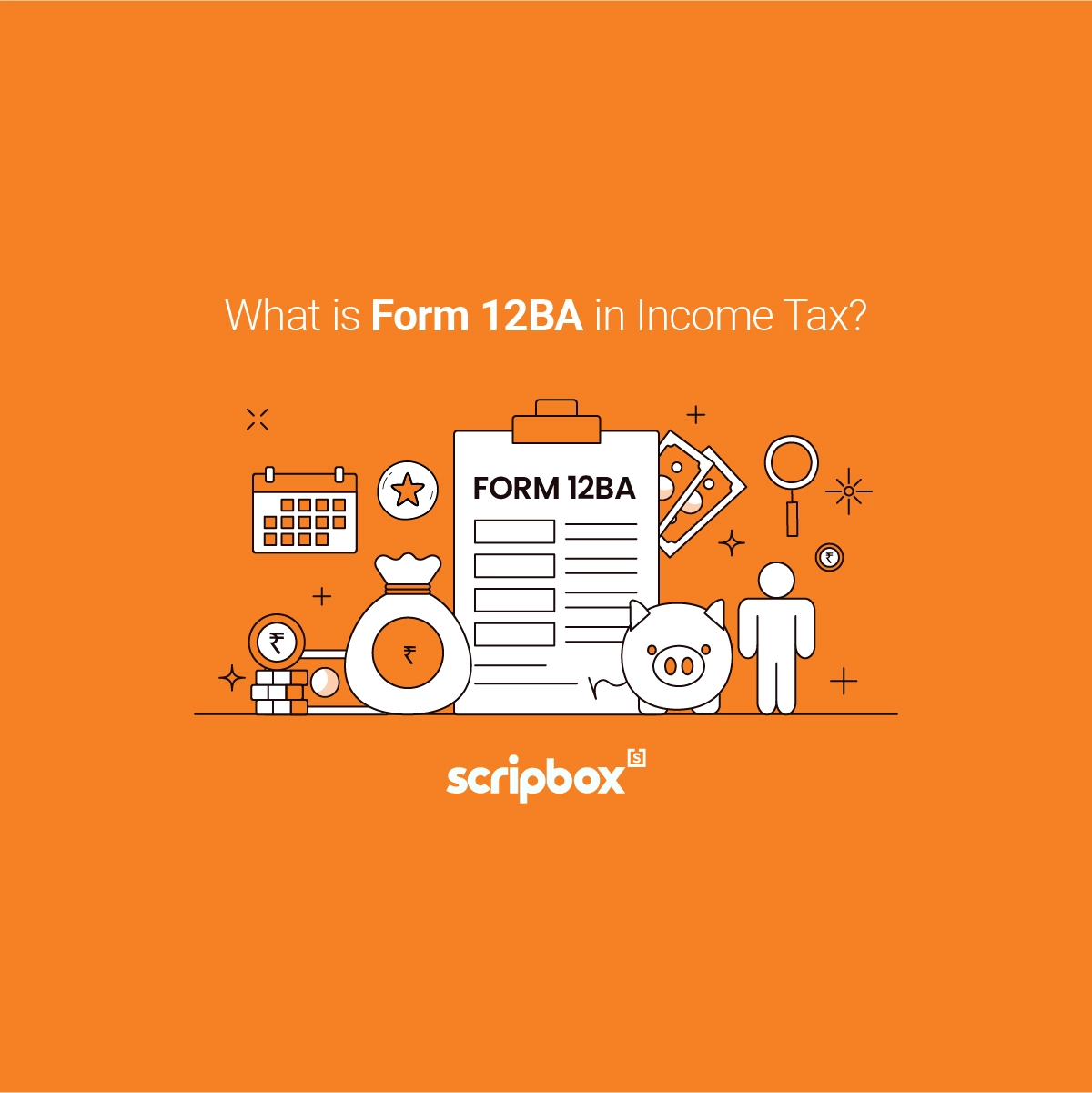
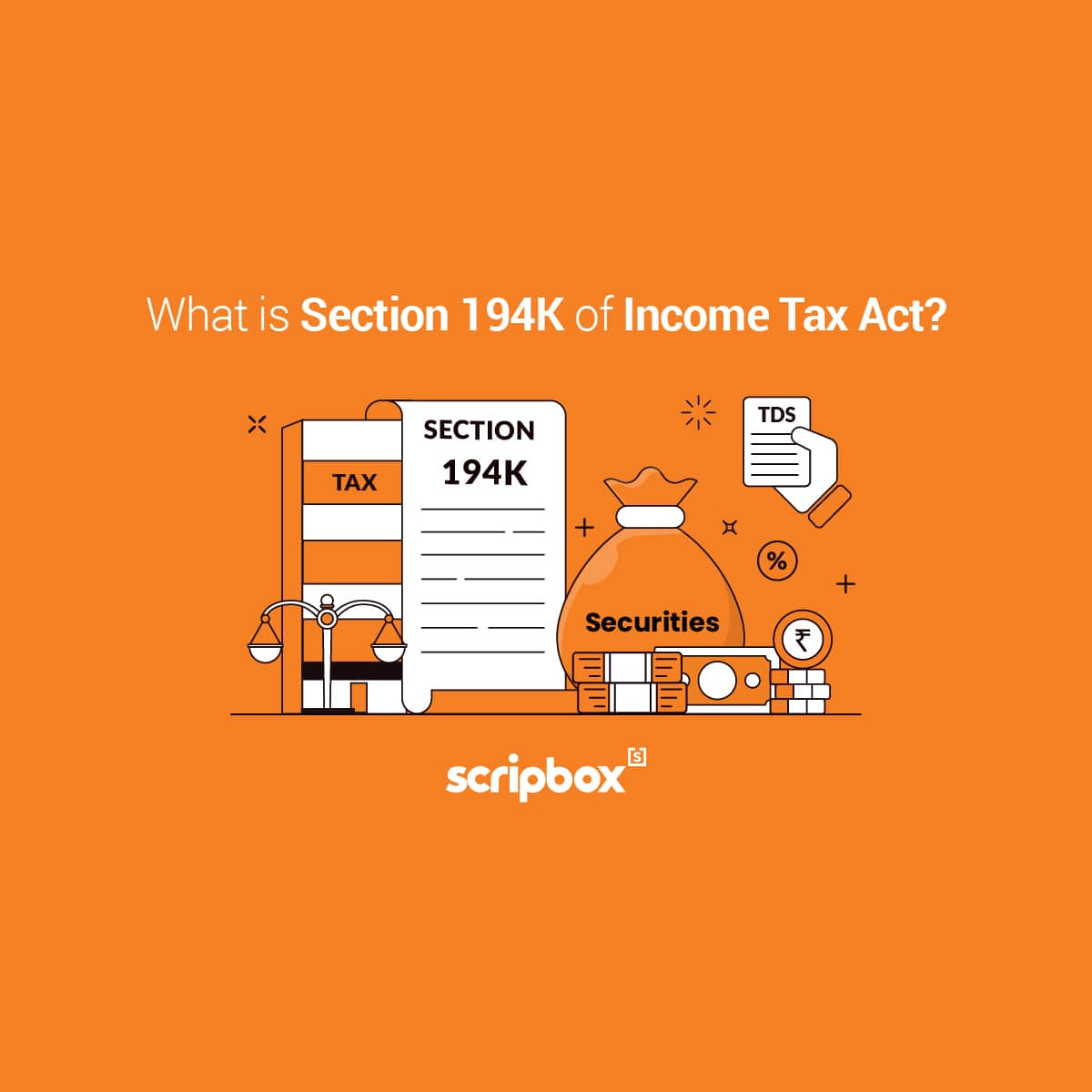
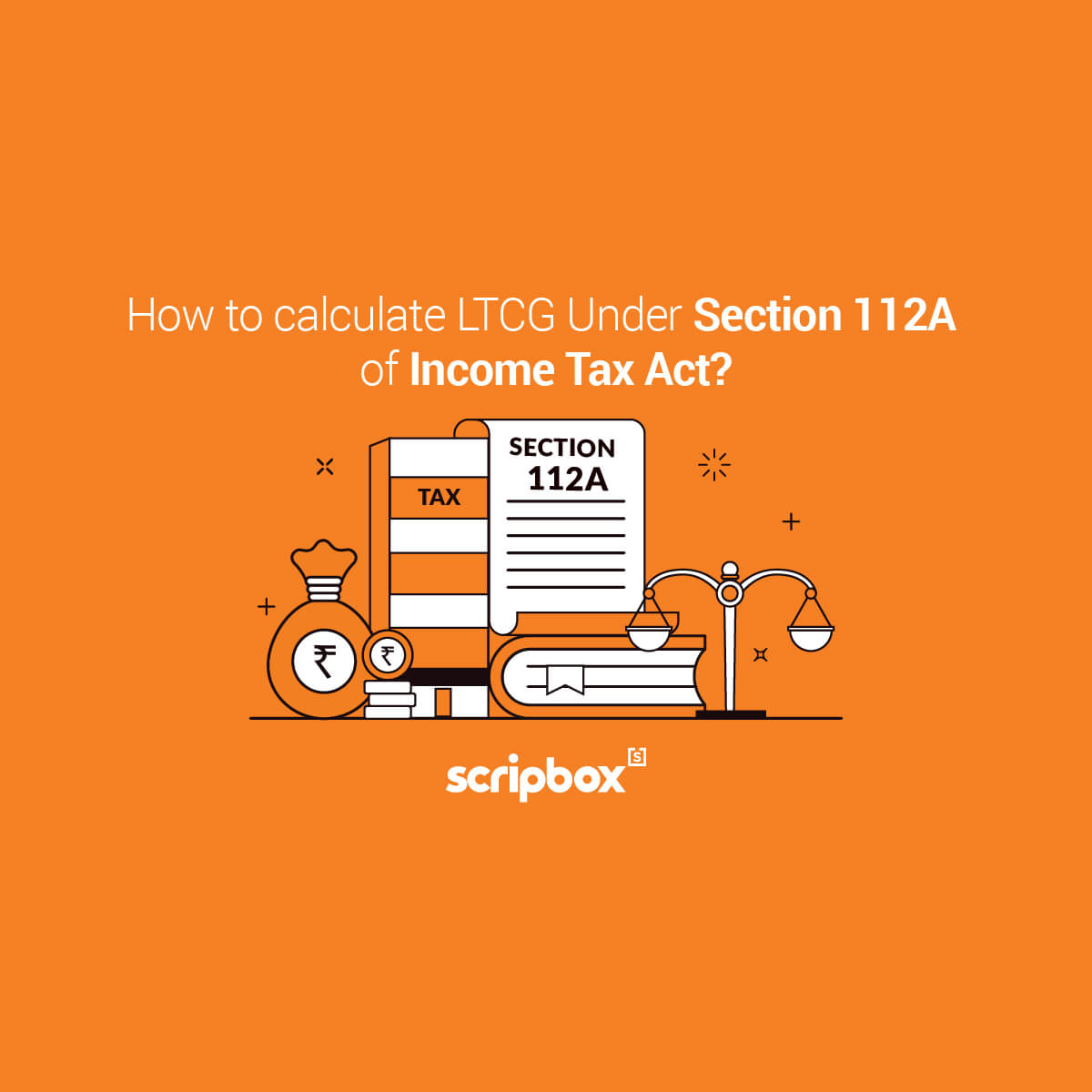
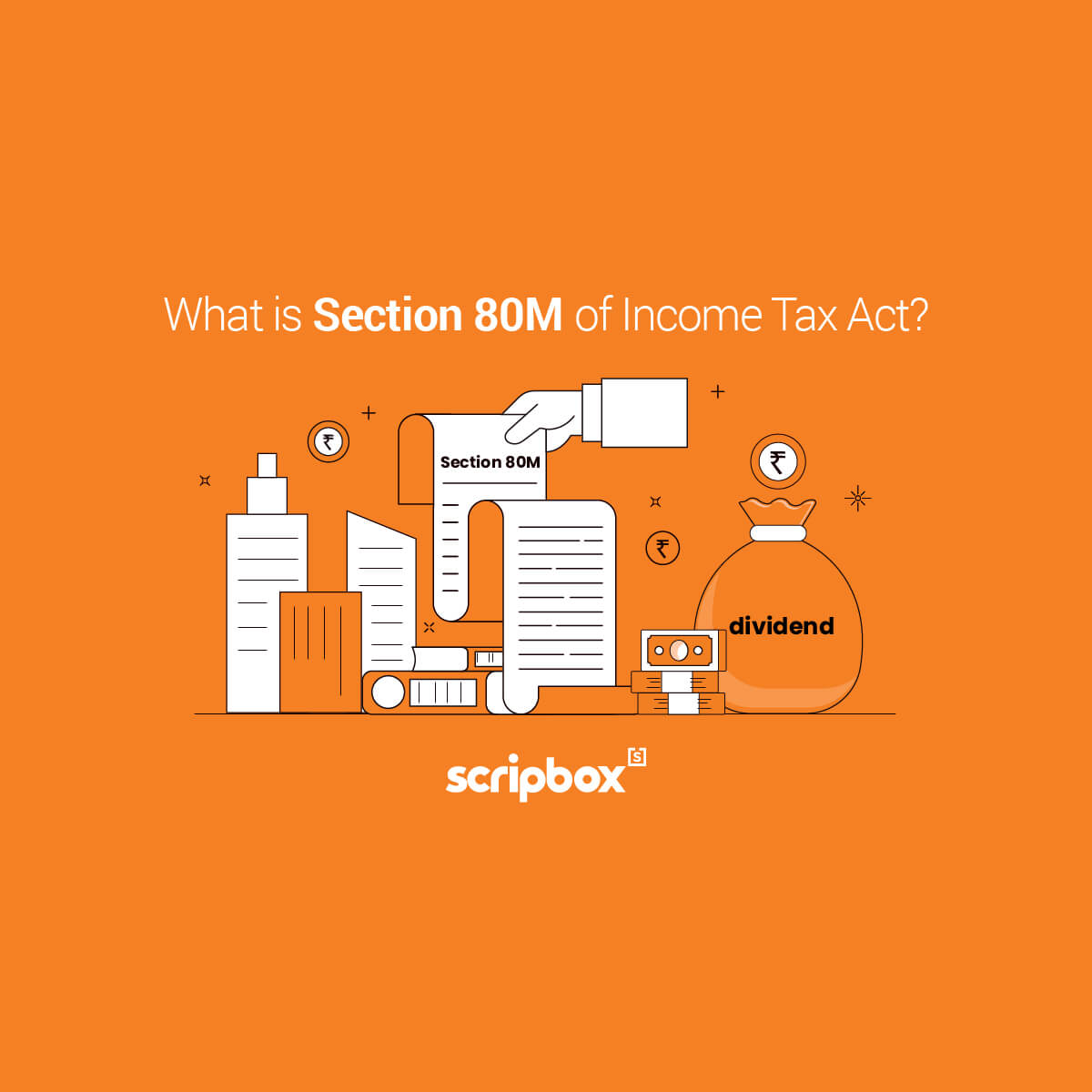
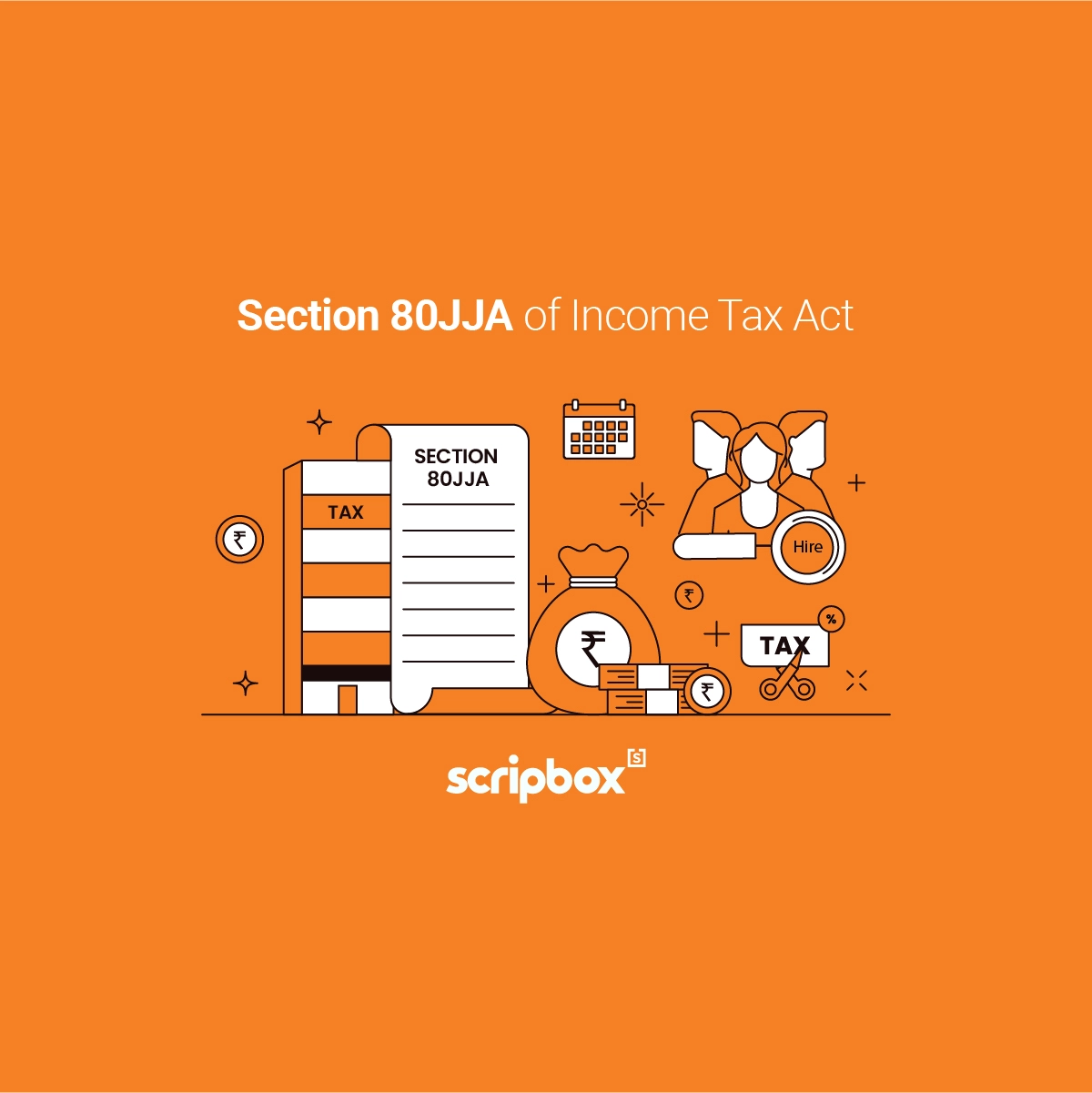
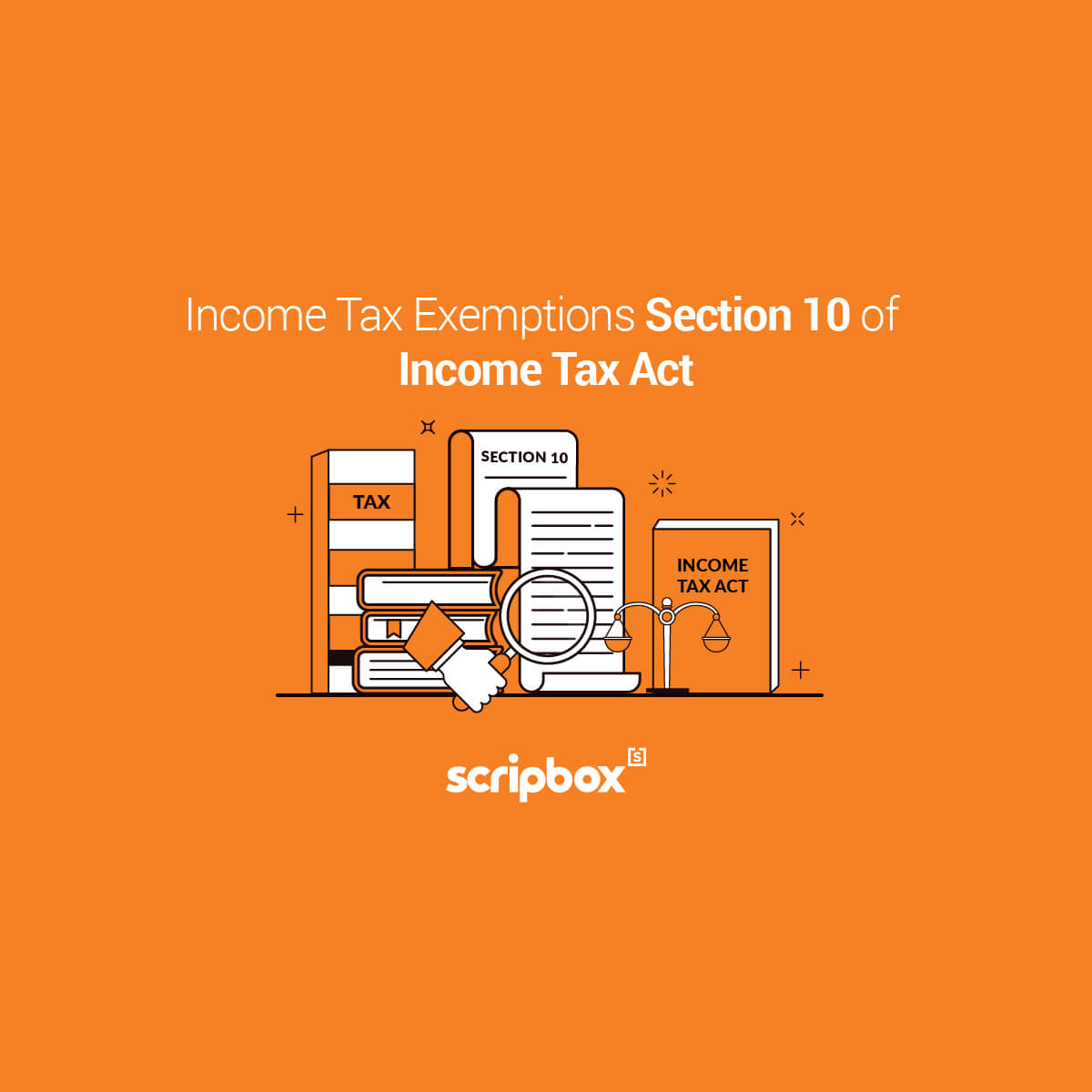






Show comments